Too Many Amps?
Pooh Bear
17 years ago
Featured Answer
Sort by:Oldest
Comments (20)
normel
17 years agopetey_racer
17 years agoRelated Professionals
Athens General Contractors · Flint General Contractors · Florham Park General Contractors · Marietta General Contractors · Pepper Pike General Contractors · Pico Rivera General Contractors · Rolling Hills Estates General Contractors · West Lafayette General Contractors · El Mirage Solar Energy Systems · West Jordan Solar Energy Systems · Moraga Solar Energy Systems · Dallas Home Automation & Home Media · Highland Park Home Automation & Home Media · Port Washington Home Automation & Home Media · San Mateo Home Automation & Home MediaRon Natalie
17 years agonormel
17 years agoPooh Bear
17 years agopetey_racer
17 years agoPooh Bear
17 years agopetey_racer
17 years agoPooh Bear
17 years agoUser
6 years agoweedmeister
6 years agoRon Natalie
6 years agomtvhike
6 years agoJake The Wonderdog
6 years agoRon Natalie
6 years agoDavidR
6 years agotoxcrusadr
6 years agoSaltiDawg
6 years agoRon Natalie
6 years ago
Related Stories
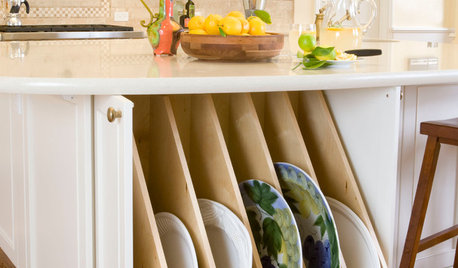
KITCHEN DESIGNKitchen Confidential: Amp Up Your Storage With Pullouts
See 12 types of cabinet pullouts that make your cooking and cleaning items easier to find and use
Full Story
BEDROOMSKids' Bedrooms: Amp Up the Playfulness
Create an Inspiring Child's Room With Color, Graphics and a Dreamy Ceiling
Full Story
LIGHTINGAmp Up Your Room With Colorful Lampshades
Make a big impact minus the big cash fork-over by swapping white shades for ones in headier colors
Full Story
KITCHEN APPLIANCESThe Many Ways to Get Creative With Kitchen Hoods
Distinctive hood designs — in reclaimed barn wood, zinc, copper and more — are transforming the look of kitchens
Full Story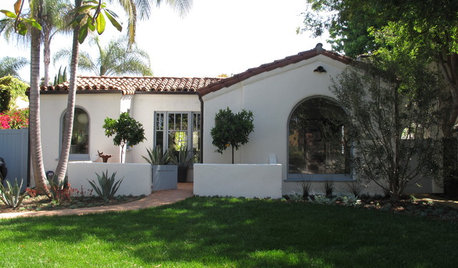
ARCHITECTURERoots of Style: Many Cultures Make Their Marks on Mediterranean Design
If you live in California, Florida or certain other parts of the U.S., your architecture may show distinct cultural influences
Full Story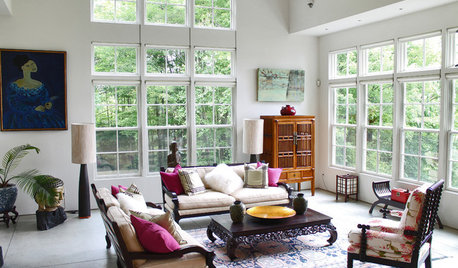
HOUZZ TOURSMy Houzz: Many Styles Meld Handsomely in a Vermont Countryside Home
With a traditional exterior, a contemporary interior and lots of Asian furniture, this home goes for the element of surprise
Full Story
WINDOW TREATMENTSThe Many Reasons to Embrace Sheer Curtains
Use their timeless look to soften busy patterns, divide rooms, balance asymmetrical windows and more
Full Story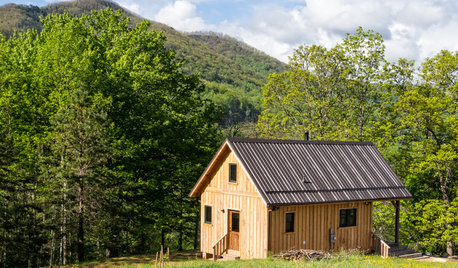
HOUZZ TOURSHouzz Tour: 10 Acres, 3 Generations and Many Animals in North Carolina
Check out a throwback-style cabin that celebrates simplicity, reclaimed materials and family
Full Story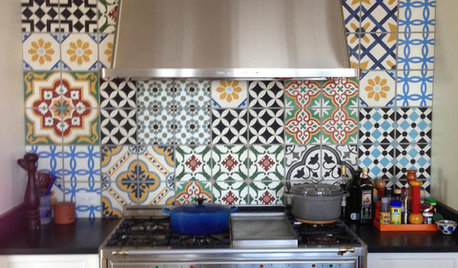
TILESo Many Reasons to Love Cement Tiles
You’ll notice their beautiful patterns right away, but cement tiles have less obvious advantages too
Full Story
GARDENING GUIDESGreat Design Plant: Rhus Aromatica ‘Gro-Low’ Handles Many Tough Sites
Plant ‘Gro-Low’ fragrant sumac in eastern and midwestern U.S. gardens for its tolerance of tough sites, spreading form and orange fall color
Full StoryMore Discussions








DavidR